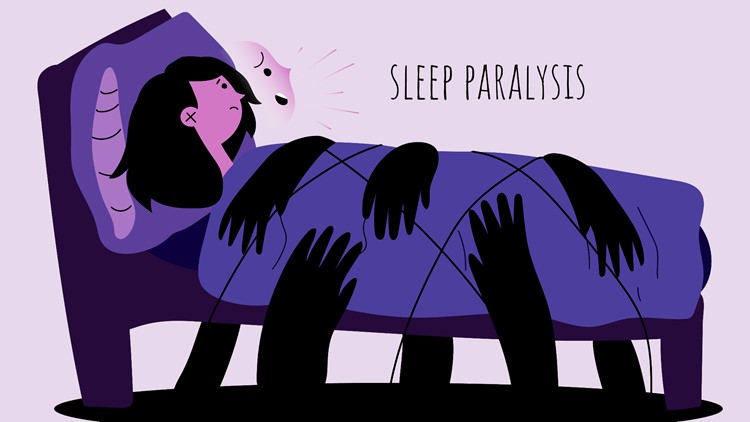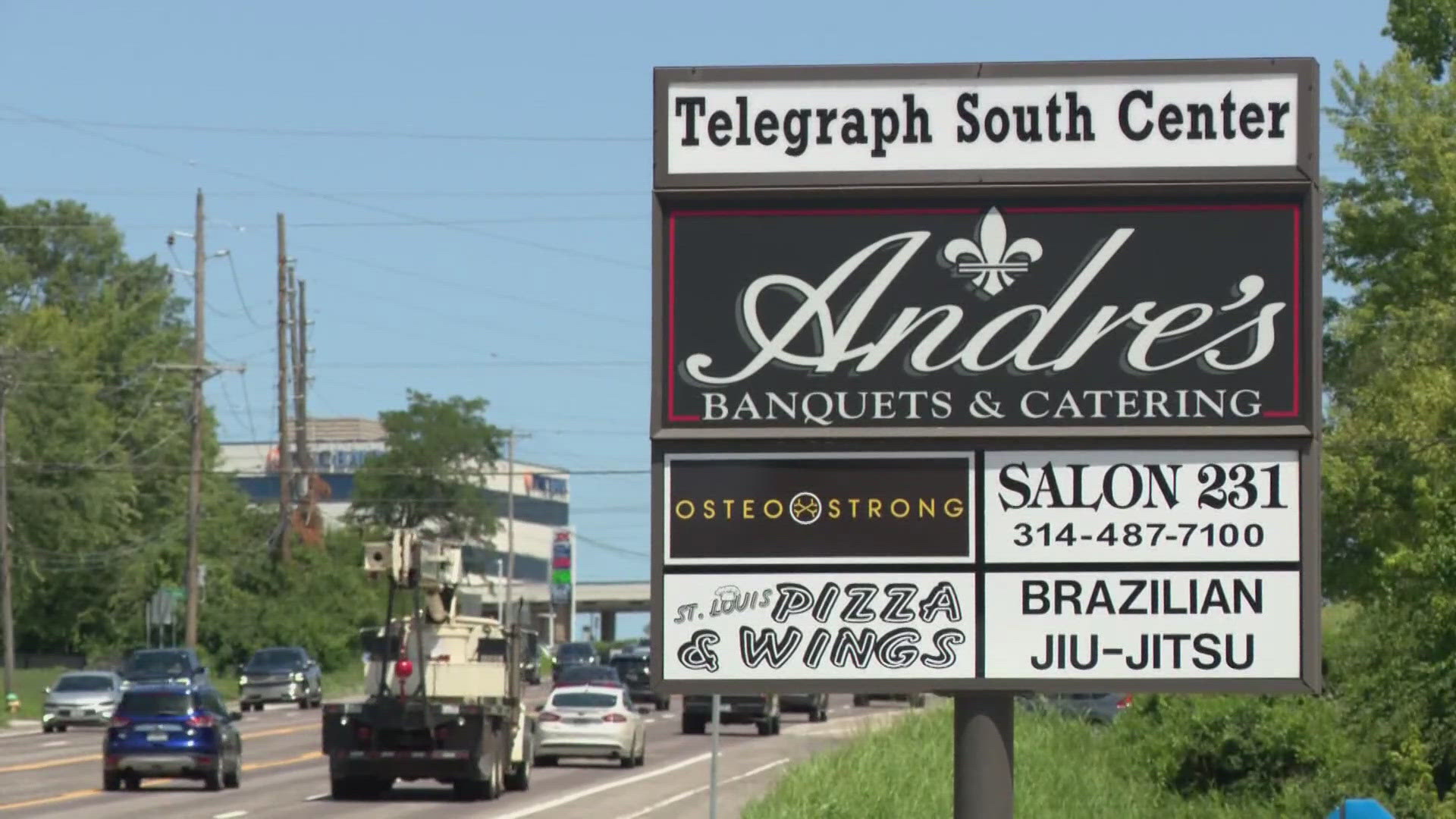ST. LOUIS — Have you ever been lying in bed falling asleep or waking up and notice you temporarily cannot move or speak but can see and hear? It lasts for a few seconds or longer.
Maybe you try to fight your way out of it or call for help but you can’t.
You may be experiencing sleep paralysis, a sleep disorder that happens almost every night for some people. Sleep paralysis is common in people with narcolepsy, but it also exists independently.
As a therapist and sleep paralysis researcher, I’ve talked to many people about their sleep paralysis experiences. It’s important to raise awareness about the sleep disorder because when it does happen, people tend to keep it to themselves because they’re terrified, ashamed, or think it’s only happening to them. That’s not true.
It’s a fairly common condition, according to research between 8% to 35% of people have had at least one episode. It’s more common in college students, people with panic disorder, people frequently traveling through time zones, and shift workers.
There’s more.
In addition to not being able to move or call out for help when sleep paralysis happens, some people also feel like there is a menacing stranger or entity in their room moving closer to hurt them but they’re helpless to defend themselves.
This is an example of an intruder sleep paralysis episode when visual and auditory sensory experiences of a threatening sensed presence accompany the paralysis.
There are also incubus or vestibular-motor episodes. During incubus episodes, people think they’re being attacked by an intruder because they experience bodily sensations of pressure, choking, or pain.
Research has shown that people who try to fight their way out of episodes end up with more frequent and severe attacks.
Sleep paralysis can also be pleasurable.
Vestibular-Motor episodes are described as an out-of-body experience of bliss, such as floating, rising, and rolling. Remember the intruder? People say they feel as if the intruder is performing sex acts with them, but again they cannot move or speak.
People laughed when R&B singer Bobby Brown said he had sex with a ghost, but it sounded a lot like how research study volunteers have described vestibular-motor episodes.
The main thing about sleep paralysis is that it’s a sensory experience or hallucination involving hearing, seeing, and feeling things that other people cannot see. In research, volunteers shared hearing footsteps at the door, crying babies, boom sounds, static, or the voices of deceased relatives. The visual hallucinations reported are typically clandestine shadows and featureless silhouettes at the foot of the bed and in the doorway. The feeling part is usually described as violent or pleasurable, including sensations of being touched, choked, strangled, pulled from the bed, or thrown to the ground.
Why does sleep paralysis happen?
How can you get it to stop if it happens to you?
First, know that it can happen to anyone anywhere. For a long time, there wasn’t too much research about it, so people came up with their own ideas about what was happening, and cultures prepared their young to ward off the intruder. To this day, when the episodes happen people think they’re being abducted by aliens. Older Americans may call it “the witches ride” and to keep the witch away they tell you to do things like prop a broom on the door, put a horseshoe above the door, or tie horsehair on your wrist.
In Canada, the intruder is called “The Old Hag” and episodes are called “Old Hag Attacks.” The name came from a sleep paralysis outbreak that occurred amongst lumberjacks working to exhaustion at logging camps.
One story I read was from a teenager in Louisiana where they call the intruder, “Cauchemar” and say he only comes at night. After telling her mother about her episodes, her mother told her to put stones or beans under her bed in the shape of a circle. And Cauchemar will see the stones but because he’s dumb and can't count it will be morning before he’s done.
Back to why sleep paralysis happens.
Several things happening during the day can lead to sleep paralysis.
For people who have Intruder, incubus and vestibular-motor episodes with stronger sensory material almost nightly, research points to post-traumatic stress disorder (PTSD) and childhood adversity as the reason sleep paralysis happens. PTSD can happen after a person experiences or witnesses a life-threatening event and has difficulty overcoming fear, helplessness, or horror. PTSD treatment may be necessary to end sleep paralysis episodes.
For people who have temporary paralysis that lasts a few seconds, they’re likely sleep-deprived and stressed. Getting 7 to 8 hours of sleep and destressing can be helpful. Reality TV star Kendall Jenner said she was having sleep paralysis during a time when she was traveling the world as a model, stressed, and sleep deprived.
Ending sleep paralysis requires taking care of yourself, admitting you might be struggling with issues from the past, and getting the help you need.
A sleep clinic or a therapist specializing in PTSD can be a good place to start.



